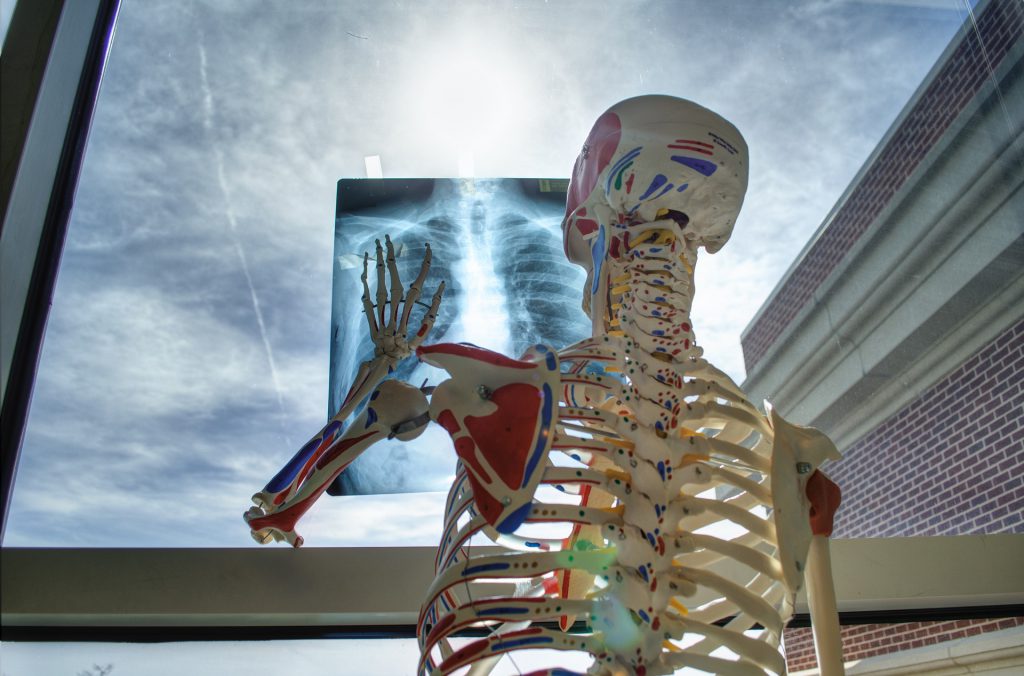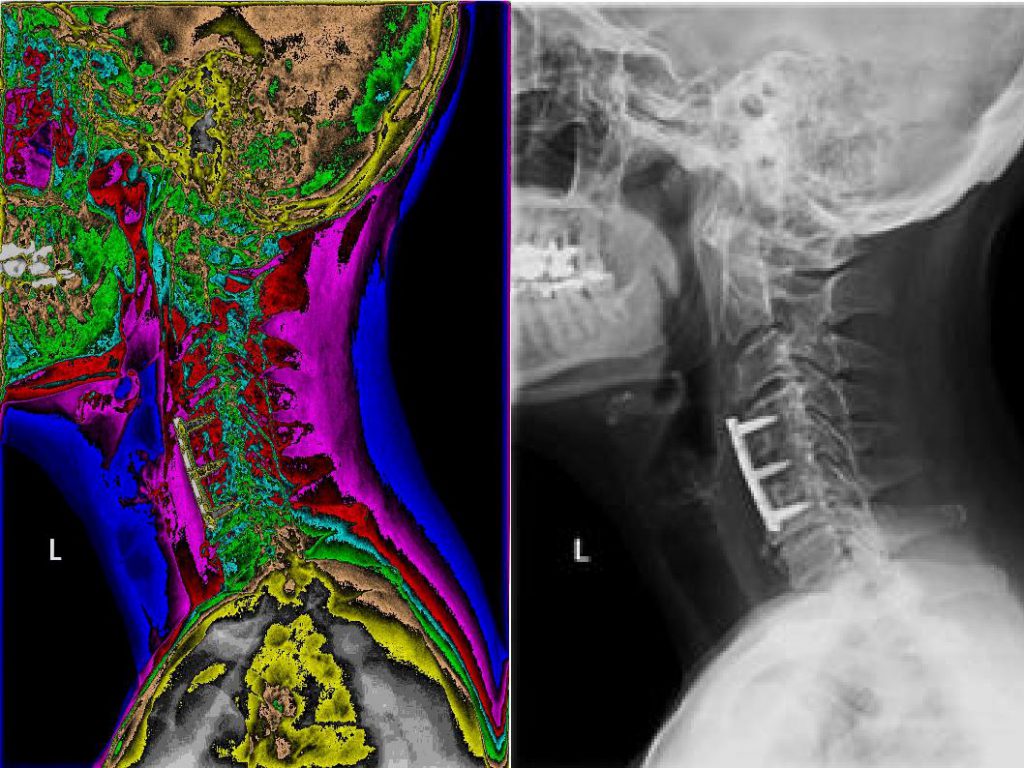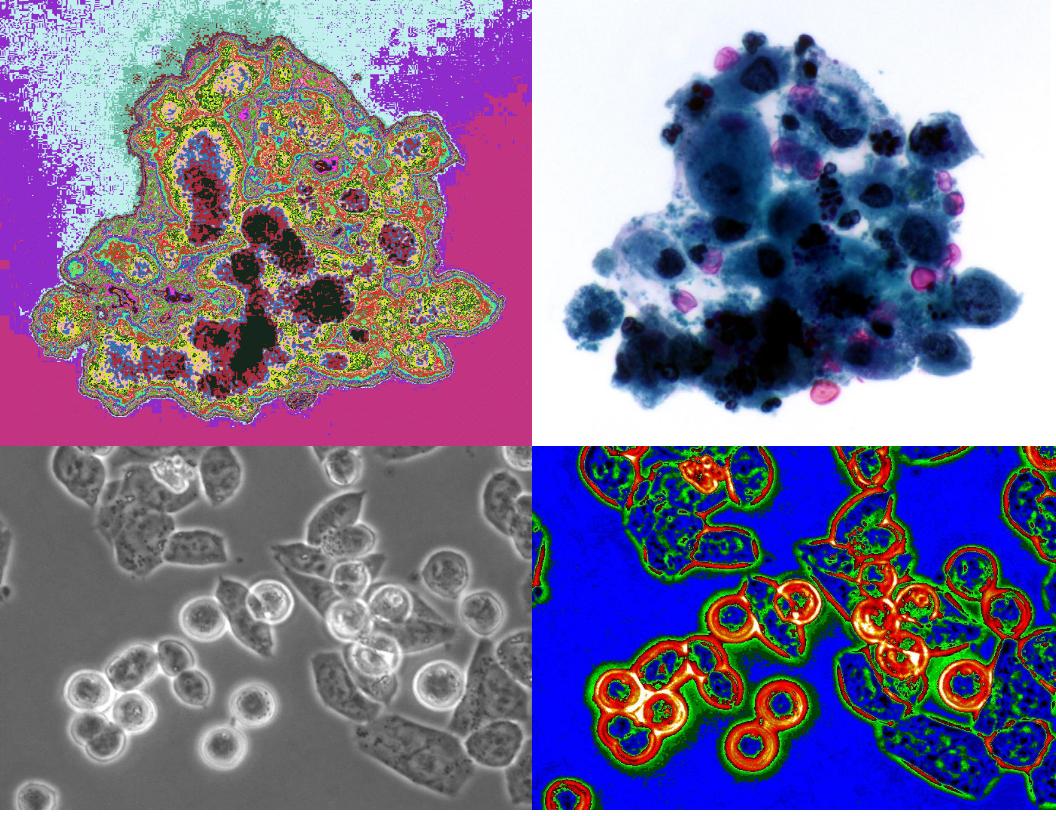
BMI MedSeg-TM System and High Performance Cluster (HPC)
• To identify likely candidate drug chemistry targets, and streamline testing and development for product commercialization
• Through discrete segmentation of tests that occur globally on target chemicals and their interactions in situ
• Typically takes many hours or days when performed for biological efficaciousness – takes weeks before target can be confirmed.
• Typical tests are on approximately twenty (20) cells
• BMI MedSegTM provides digital correlation data for future
use. (In Pharma research, there is little or no digital data collected that can be mined for future use).
The value of BMI MedSegTM is the provision of a number
of key business benefits. These include :
Speed
Sensitivity (on large quantity of cells, e.g., 500 vs. 20)
Reproducibility
Quantifiable data
• Work and analysis are performed in “seconds versus hours”
• All information is collected and stored for long-term “Data Mining”
• Key system attributes: Automated Drug Discovery & Development
For more Information Email: bartron@bartron.ws
Dr Desir is affiliated with YALE New Haven Hospital,West Haven Veterans Hospital
MED-SEG Technology
Dr Desir’s laboratory at the Yale School of Medicine will be applying the MEG SEG technology to advance his research in the following two areas:
1.Studying how renalase protects cells and organs against stress and toxins and the use of renalase as a therapy to prevent organ injury and
2.Advancing his work on how cancer cells have a abnormal renalase expression and depend on renalase to survive. Further in his laboratory they continue to develop new drugs that block renalase action to treat cancer.
Jim Rawlings MPH
Associate Medical Director
Bartron medical Imaging
MED-SEG 3D
BMI is well-positioned to take advantage of the advancements in 3D imaging systems. The 2D and 3D MED-SEG™ systems are not, by design, image capturing devices. The MED-SEG™ is designed to process images produced by image capturing devices via any modality e.g. MRI’s, CT scans, Ultrasounds, etc.
Computer-aided detection (CADe) / Computer-aided diagnosis (CADx) systems
“Computer-aided detection (CADe) and computer-aided diagnosis (CADx) are emerging technologies to help radiologists interpret medical images. In screening mammography, CADe can help radiologists avoid overlooking a cancer; while CADx can help radiologists decide whether a biopsy is warranted when reading a diagnostic mammogram” (Nishikawa, 2010).
The 2D MED-SEG™ system is classified as a Picture Archiving and Communications System (PACS). Following FDA protocol, BMI is planning to position and classify the 3D MED-SEG™ system as a CADe/CADx system. The research opportunities that BMI is aggressively pursuing for the 3D MED-SEG™ system is consistent with BMI’s strategic plan to firmly establish the 3D MED-SEG™ within the CADe/CADx domain.
Artificial intelligence (AI) technology
Artificial intelligence (AI) technology on parallel computers (hpc) has vast number of possible development solution. AI programs are different in structure from the numerical programs that have received the most attention from the parallel processing community Our current artificial intelligence (AI) technology does a good job of emulating some aspects of human intelligence, generally those things that, when they are done by people, seem to be serial and conscious. AI is very far from being able to match other human abilities, generally those things that seem to happen “in a flash” and without any feeling of sustained mental effort.
SCOTT E. FAHLMAN
IOSR Journal of Computer Science (IOSR-JCE)
e-ISSN: 2278-0661, p-ISSN: 2278-8727
PP 53-57
www.iosrjournals.org
An Artificial Intelligence for Data Mining
Ms. Aruna J. Chamatkar
Assistant Professor in Kamla Nehru Mahavidyalaya, Sakkardara Square, Nagpur
aruna.ayush1007@gmail.com
Abstract :Data mining is a new and rapidly growing field. It draws ideas and resources from multiple disciplines, including machine learning, statistics, database research, high performance computing and commerce. This explains the dynamic, multifaceted and rapidly evolving nature of the data mining discipline. While there is a broad consensus that the abstract goal of data mining is to
discover new and useful information in data bases this is where the consensus ends and the means of achieving this goal are as diver seas the communities contributing. The foundations of all data mining methods, however, are in mathematics. Any moderately sized treatment of data mining techniques
necessarily has to be selective and maybe biased towards a particular approach. Data mining techniques are used to find patterns, structure or regularities and singularities in large and growing data sets
Artificial neural network ANN are gross simplification of real networks of neurons . The paradigm of neural network which began during the 1940’s promises to be a very important tool for studying the structure-function relationship of human brain. Due to the complexity and incomplete
understanding of biological neurons. Various architecture of artificial neural network have been reported in the literature. The aim neural network is to mimic the human ability to adopt to changing in circumstances and the current environment. In this paper I will Discuss about Neural networks are useful for data mining and decision-support applications.





















